
What is Judaism?
Judaism

What is Judaism?
Judaism is one of the world's largest religions and the oldest monotheistic religion. Its followers believe in one God, who came to them through ancient prophets. Judaism is characterized by its rich culture and traditions.
The main three branches of Judaism are Orthodox, Conservative and Reform, though many Jewish people formulate their own informal version of Judaism, and do not fit strictly into any one of these categories.
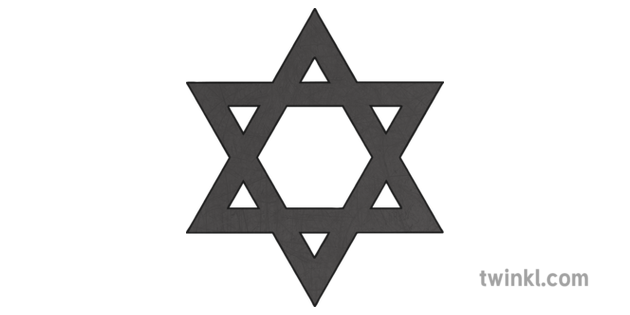
Founded over 3,500 years ago in the Middle East, Judaism is founded on the belief in the covenant. The covenant was a special agreement made with them by God, whereby they promise to obey God's laws.
Teaching your KS1 children about Judaism? Take a look at this collection of Judaism teaching resources.
Jewish beliefs
Jewish people believe that it was the ancient Hebrew prophets who first made a covenant with God.
Jewish people believe there’s only one God who made this special agreement with them, and this God communicates to believers through prophets, rewarding good deeds and punishing evil.
Abraham
Abraham is believed to be the first prophet to make a covenant with God and the father of the Jewish people. Jewish people believe God named Abraham's grandson Israel; this is why Hebrews became known as Israelites. Jewish people believe Abraham and his descendants were chosen by God to form a great nation.

Moses
Over 1,000 years later, Moses saved the Jewish people from persecution in Egypt, leading them to safety across the Red Sea. Jewish people believe God gave Moses laws for them to follow, including the Ten Commandments at Mount Sinai. Moses is considered the most important Jewish prophet.
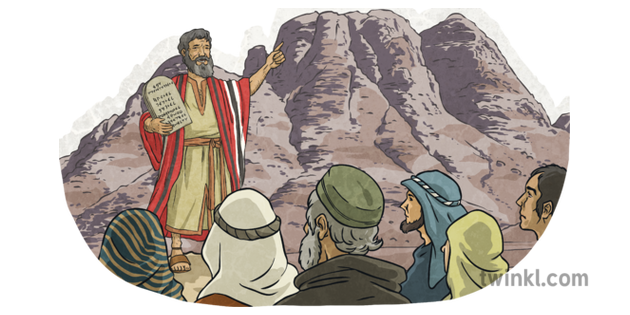
The origins of Judaism are founded in this belief, as revealed by the Torah.
What are Jewish places of worship? Jewish people worship in synagogues. Synagogue means “bringing together” or “assembly”, and Jews believe it is good to pray together. There must be a minimum of ten people present for certain prayers to be said, which is called a minyan. Services are led by a rabbi, a Jewish religious leader who studies or teaches Jewish law.
This Judaism Lesson Pack is a helpful tool to use when teaching your KS1 children all about Jewish beliefs.
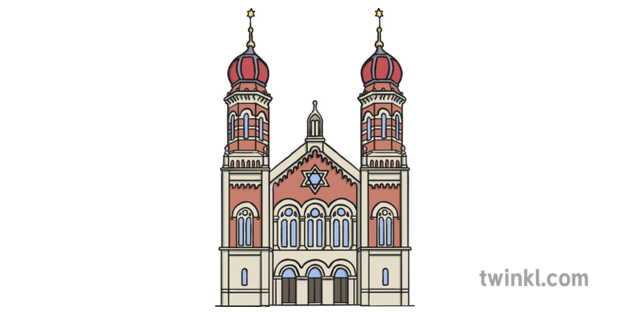
Shabbat
The most important time of the week for Jewish people, Shabbat is a time for rest and prayer, remembering that God and his creation of the world, resting on the seventh day. In Judaism, God's day of rest was on Saturday, so Shabbat begins at sunset on Friday and lasts until nightfall on Saturday.
During Shabbat, people will worship at their synagogue and discuss the Torah. Orthodox and Conservative Jews may refrain from performing physical labour or using electronics.
Learn more about Shabbat with this teacher-made All About Shabbat PowerPoint.
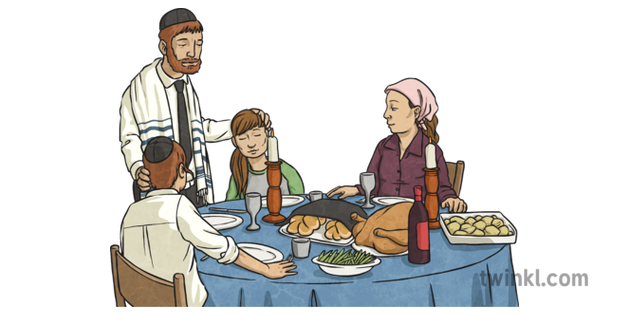
What are the different levels of Judaism?
There are several variations, or levels, of Judaism. Each level of Judaism has slightly different customs and practices. Although these different groups exist, they are not strict and many Jewish people do not subscribe to a single group. This is because Judaism and Jewishness are not the same thing. Judaism refers to the religion that (most) Jews practice, however there are Jewish people who choose different elements from Judaism, and some Jewish people don’t practice Judaism at all and simply refer to themselves as Jewish. There are even some Jewish people who have embraced other religions, such as Buddhism.
To understand some vocabulary common to the different levels of Judaism, try out our Judaism Vocabulary Cards.
The main three branches of Judaism are Orthodox, Conservative and Reform, and within these branches several substrates exist. Since Judaism was first practised over 3,500 years ago, many differing traditions have developed over time, forming several more branches of Judaism.
The different levels of Judaism are:
Orthodox Judaism: This is a strict belief and practice of Jewish law and rituals. It is a diverse type of Judaism, as there are different subgroups within it. These subgroups include Hasidic Jews (first founded in Eastern Europe in the 1700s).
Progressive/Reform Judaism: is characterized as having a strong belief in the ethical traditions of Judaism rather than a strict adherence to Jewish law.
Conservative Judaism: Places a high value on the Jewish traditions, but has become more modernized than Orthodox Judaism.
Re-constructionist Judaism: The belief that Judaism is an evolving civilization/religion and adjusts depending on the place and time.
Humanistic Judaism: This level celebrates the history of the Jewish people and their culture, rather than placing an emphasis on the work of a divine being.
The Jewish Holy Book
The holy book of Judaism is the Tanakh or Hebrew Bible. The Tanakh includes the same passages included in the Old Testament in the Christian Bible, but in a different order. The word Tanakh comes from the first letters of the three parts of the book:
- The Torah is the first five books of the Tanakh. It outlines the laws Jewish people must follow.
- The Nevi'im are the books of the prophets, like Joshua and Isaiah.
- Ketuvim is a collection of sacred text.
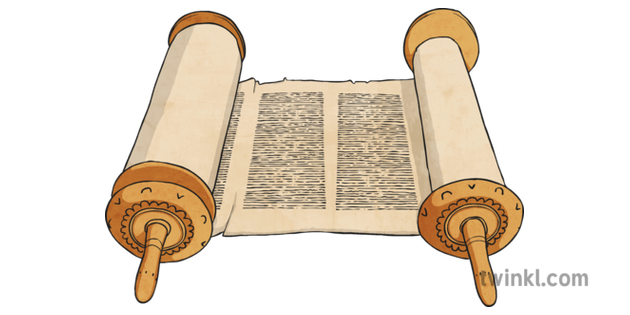
The most important commandment included in the Torah are the Ten Commandments, this collection of commandments is called mitzvah.
The Torah is so sacred that it cannot be touched. The Torah is placed in a place called an ark within the Jewish temple; a stick called a yad is used to follow the words.
This Judaism Holy Book Lesson Pack includes a range of helpful resources for you to use when teaching your KS1 children about Judaism.
Jewish prayer
Prayer builds a relationship between God and human beings. When people are praying, they are spending time with God. Jewish prayer involves total concentration on God, and nothing else should be on the person’s mind. The prayer should also be completely from the heart. Jews pray in many ways:
- They pray to reach out to God
- They pray to express their beliefs
- They pray as part of a worshipping community and to share the experience
- They pray to obey God’s commandments.
Why do Jews pray three times a day?
Jews pray three times a day - in the morning, afternoon and evening. Praying regularly helps the person improve their relationship with God. There are three different types of prayers and Jewish people will use all of them. These are called:
- Prayers of thanksgiving - thanking
- Prayers of praise - praising
- And, prayers that ask for things - requesting.
It is important for Jews to pray three times a day because:
- Praying can change the person and their faith
- Praying from the heart, mind, and soul takes a person into a special state of being
- Prayer brings a person closer to God
- Prayer improves relationships with other Jews and brings them closer
- Prayer in a synagogue help Jews to remember the fundamentals of Judaism
Jews will also recite written services out loud in a synagogue - this is called a public prayer. Praying in public is important because it shows that the person is a member of the community. Praying in public is also considered an act of togetherness with all Jewish people around the world. Attending regular services is important for Jews and helps them learn the spiritual teaching, which is another reason why Jews pray three times a day.
Jewish holidays
There are many important events in the Jewish calendar. Here are a few examples:
Passover
One of the most important Jewish holidays, Passover celebrates the freedom of Jewish people from slavery in Egypt. Celebrations last seven or eight days and families join together with the Feast of Passover.
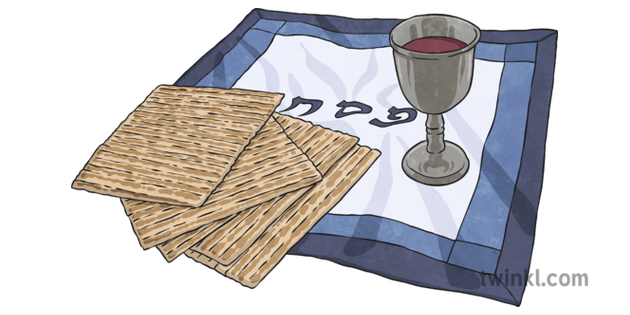
Yom Kippur
This is the holiest day of the year; Jewish people will fast and pray during the "Day of Atonement". Yom Kippur is celebrated in September or October in the UK. It is a time for reflection and asking for God's forgiveness for any sins. Yom Kippur is celebrated ten days after Rosh Hashanah, the Jewish New Year, celebrating the creation of the world.
Hanukkah
Known as the Festival of Lights, Hanukkah celebrates the rededication of the Temple in 165 BC by the Maccabees after its destruction over 2,000 years ago.
Wanting to learn more about Hanukkah? Take a look at this Story of Hanukkah PowerPoint.

What are Mitzvah celebrations? Mitzvahs are important events celebrating children becoming adults in the eyes of God. When a Jewish boy turns 13, he has a Bar Mitzvah. When a Jewish girl turns 12, she has a Bat Mitzvah.
It is after his Bar Mitzvah celebration, a Jewish man will sometimes wear a cap called a kippah to remind him of the commandments. The kippah is a head covering worn to show respect to God.
This Bar Mitzvah and Bat Mitzvah PowerPoint features more information about Mitzvah celebrations for your KS1 children to enjoy.

Judaism Facts for KS1 and KS2
Looking for Judaism facts? Here's a list of interesting Judaism facts for children.
- The Star of David is the symbol of Judaism. David was a shepherd who later became the king of ancient Israel.
- Jewish people live all over the world, but the majority of the Jewish population live in the United States and Israel.
- Jewish people believe that since the creation of the world, the world is in a phase of building towards the climax which will be a time of Godly awareness - this is known as the time of the Messiah. Most Jews believe this is yet to come.
- Rabbi means 'Teacher' in Hebrew.
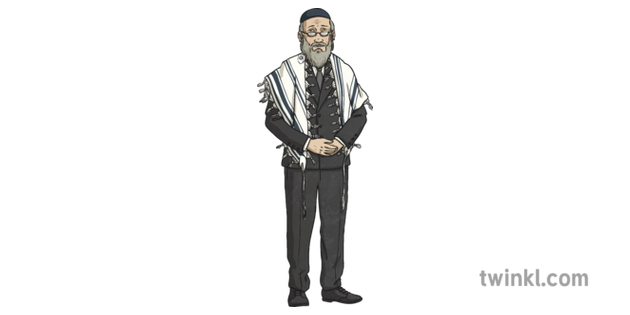
- Pesach is the Hebrew word for Passover.
- Bar Mitzvah means 'Son of the Commandment' and Bat Mitzvah means 'Daughter of the Commandment'.
- The ten days between Rosh Hashanah and Yom Kippur are called the Days of Repentance. Jewish people reflect and donate money to charity.
- The word Hanukkah means 'Dedication' in Hebrew. Hanukkah is known as Chanukah in Hebrew.
- Kosher foods are foods that Jewish people are allowed to eat. Kosher meat must come from an animal that chews the cud and has split hooves, for example, cows, sheep and goats. Pork is not kosher meat.
- In the 1100s, Jewish philosopher Maimonides wrote the 13 Articles of Faith, which summarized Jewish beliefs.
- Special Jewish clothing includes the Kittel, the kippah, the tallit and the tzitzit.
- There are around 14 million Jewish people in the world today.
- Jerusalem is considered to be the holiest city within Judaism.
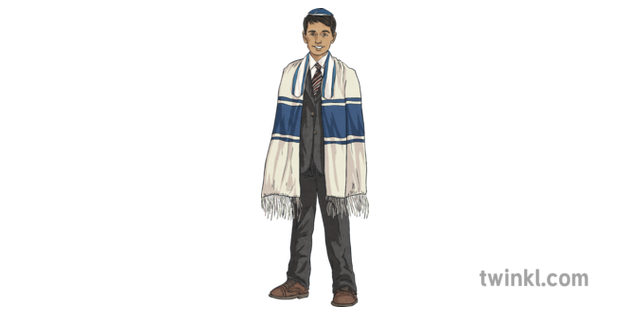
Why are facts on the Jewish religion beneficial for children?
These can widen children's perspective about different ways of thinking and belief in God. It could inspire them to think more deeply about life and all its complexities.
Learning about the Jewish religion's facts and beliefs can encourage children to be more open-minded. They can be respectful of people's differences and be more accepting of others.
Jewish Religion facts also encompass a huge level of history and cultural significance. From the Torah to Passover, learning about the faith can delve into several other disciplines. As a result, children can learn not only about the belief system, but its rich history and culture that's existed for centuries.
This topic can also invite children to think about the longevity of the religion and how it's evolved over time. What's changed? What's stayed the same? How is Judaism practised differently between different families, countries and across the world?
To introduce a discussion like this, you might like to use these word cards. Listing key figures, words and symbols associated with the religion, you could stick some up on the classroom whiteboard or hand them out to children. Then ask them to discuss what these words mean and what facts of the Jewish religion they relate to.
After watching the video below, you could ask children to do an independent research task on Jewish religion facts. You could take them on a school trip to the local synagogue, use the Internet or look at books in the school library. Children can engage with a variety of non-fiction sources and present their findings in the next lesson.
This is a great way of getting children to think more critically about the information that's out there. What's good evidence? Did they find any sources that seemed biased or untrue?
Resources to help explain beliefs of Judaism for kids
There are several resources available to download which can help teach Judaism for kids. These include this Jewish Symbols PowerPoint, which explains some of the most prominent Jewish symbols such as the Star of David, the menorah and the mezuzah. This presentation provides students with a simple explanation of what these symbols mean and why they are important to the Jewish faith.
If you are teaching a lesson about Judaism, then this RE Judaism Year 3 Unit Pack is a fantastic resource for helping you plan your lesson. This lesson pack is filled with resources including PowerPoints, word labels, worksheets, banners and much more. Everything you could need to teach Year 3 students about Judaism can be found in this Unit Pack, so you can choose the resources that suit your lesson.
You can also download this selection of Judaism Mindfulness Colouring Pages, which provides a great creative task that promotes mindfulness and teaches important iconography of Judaism for kids. This colouring pack contains black and white images of a menorah, a synagogue, the Star of David and several more illustrations of aspects of the Jewish faith that students can colour in.
 Home
Home  Membership
Membership  Customer Support
Customer Support  Create
Create  Blog
Blog 




















